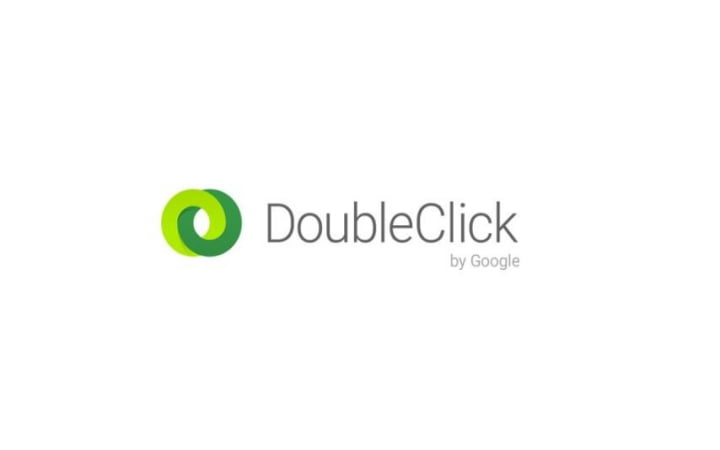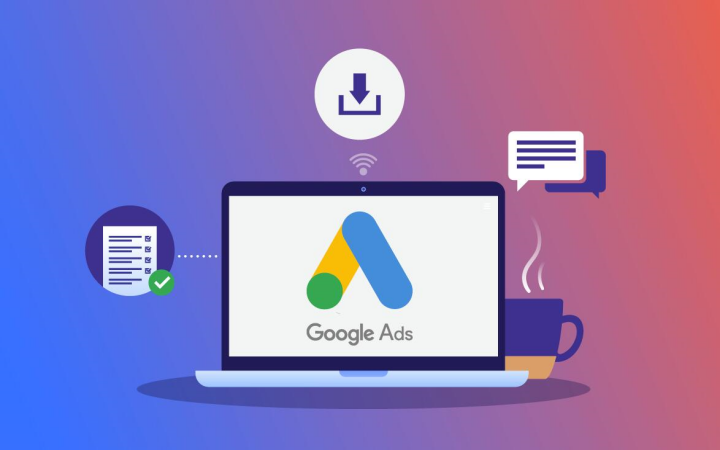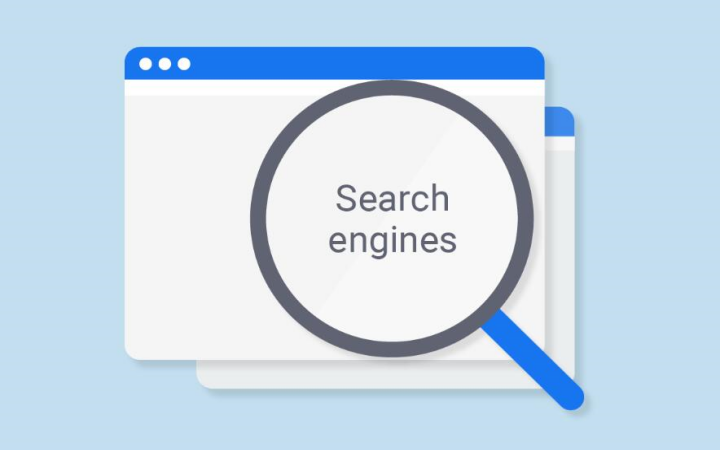In this digital era, where content is king but monetization reigns supreme, a robust ad management platform is the crown jewel of the publishing landscape.
One platform that has stood the test of time and technological advancements, evolving as an industry leader, is DoubleClick for Publishers (DFP)—a tool that has become synonymous with ad-serving efficiency and excellence.
In this guide, we’ll explore how DFP evolved into Google Ad Manager and provide you with some practical tips.

What is DoubleClick for Publishers?
As brands and content spread across the web, the need for smart ad tools arose. DoubleClick for Publishers (DFP) popped up to make ad work simpler. From serving ads to getting paid, DFP smooths out digital ad duties. Ad servers help big publishers and firms handle lots of traffic.
Key Features
- Ad Management: Control the whole ad process – create, target, and deliver campaigns.
- Inventory Management: Organize your ad slots with custom ad units.
- Real-Time Reporting: Keep tabs on ad run stats with instant reports.
- Programmatic Selling: Make money from direct deals or programmatic ads.
- Mobile and Video Ad Support: Special options for mobile and video ads.
- Audience Segmentation: Reach specific groups with tailored ads.
Who Can Benefit from DFP?
- Publishers: Earn from digital content with targeted ads.
- Content Creators: Boost user delight while maximizing revenue.
- Advertisers: Reach the right people at the right time with the right message.
Why does DFP matter?
For publishers, DFP sits at the center of their money-making plan. It unlocks Google Ad Exchange, so publishers can show ads to the huge pool of advertisers hunting for ad space.
Publishers can use DFP to have full power over ads. They pick what ad shows, where it shows, and who sees it, all on their terms.
- Complete Control: You are the boss of ads. You say what ad runs, where it runs, and who views it, following your rules.
- Get Big Money Ads: DFP connects publishers with premium, high-paying advertisers that bring in lots of cash.
- Know Your Viewers: With deep analytics, understand what ad tricks work best with your audience of watchers.
- One Screen Rules All: A single dashboard combines the powers of DFP and Ad Exchange, letting you boss campaigns easily.
- Make More Money: It helps optimize inventory payouts through advanced forecasting and pacing tools that rake in the dough.
- All In One: The ad server works smoothly with Google AdSense and Ad Exchange, providing a complete platform for ad management mastery.
How Does DoubleClick For Publishers Work?
When people visit a website, the publisher’s ad server tells DoubleClick For Publishers (DFP). DFP then looks at things like how people use the site, what’s on the site, and the publisher’s ad plans. After that, DFP picks an ad from all the ads that publishers, marketers, and networks have sold. DFP shows that ad on the site.
This very automated process gets the most value from each ad view. Advertisers can buy ad space from publishers easily through the middleman.
Automatization Features
DFP keeps making its platform better to offer the most advanced automated ad-serving capabilities. These include:
- Ad Selection Algorithms: Using machine learning, DFP can optimize picking ads in real-time to make the most money per ad view.
- Programmatic Advertising: With DFP’s programmatic capabilities, publishers can automate selling and buying digital ads. This reduces costs and makes things more efficient.
DoubleClick For Publishers vs. AdSense and AdX
DFP vs. AdSense
Google AdSense lets website owners show ads. The ads are automatic text, images, video, or other media. The ads match the website’s content and audience.
DoubleClick for Publishers is an ad server for big publishers. These publishers need more control over ad placement. They also deals with complex advertising.
The big difference is this: AdSense is self-service. But DFP allows more control of the ad process.
DFP vs. Ad Exchange
Ad Exchange (AdX) is a marketplace. Publishers and advertisers can buy and sell digital ad space here.
The DoubleClick for Publishers platform works with Ad Exchange. This helps get more revenue and higher fill rates. DFP is where publishers manage their inventory and make ad decisions. But DFP and AdX both have unique features and strengths.
Getting Started With Google Ad Manager
If you’re thinking about switching towards Google Ad Manager, getting going can be thrilling however, it can be a daunting process.
Here are the most important steps you need to take to become familiar with:
Understanding Your Inventory
Learn about your website’s advertising inventory. This includes the ad sizes, placements, and locations. This information will be used to configure your ad units within Google Ad Manager.
Setting Up Your Account and Network
In case you’re brand new with Google Ad Manager, the first step is to sign up for an account and create your network. Your network is comprised of all properties (websites apps, sites, and more.) which you manage advertising.
Creating Ad Units
Within Google Ad Manager, ad units serve as placeholders for ads that you’ll display in your home. It is necessary to create these units, and then specify the sizes they should have and how you’d like advertisements to appear.
Implementing Code
To utilize Google Ad Manager on your website, you’ll need to install the ad tags, and the software development kits (SDK) to your platform. The process is different based on the platform your site is running (e.g., WordPress, custom CMS ).
Testing Your Implementation
Before you go live, you must test your ad-serving system to warrant the ads are being served correctly and that ads are tracking the performance accurately.
Integration with Google AdSense
Integrating Google AdSense with DFP supercharges its capabilities for monetizing a website. Here are some best practices for ensuring a seamless integration:
Benefits of Integrating DFP with AdSense
- Enhanced Optimization: AdSense and DFP work in tandem to optimize ad performance.
- Increased Revenue Potential: By unifying platforms, you can open up multiple revenue pathways.
- Enhanced Reporting: Access to more insightful data allows for better decision-making.
Best Practices for the Integration
- Synchronize Approaches: Ensure that AdSense and DFP are both aligned with your site’s content and audience.
- Maximize Inventory Monetization: Plan and execute a comprehensive ad strategy across both platforms.
- Test and Track: Regularly test different ad formats and placements to maximize your earnings.
Key Tips for Getting the Most Out of DFP
Smart Ad Placement
Where you put ads on your site can make a big difference in how many people see and click them. Use tools that show where people look and click the most. Then put ads in those hot spots.
Boosting Your Ad Money
DFP has built-in tools to help you make more money from your ads. Use header bidding to get top bids. Tweak ad rates and set minimum prices. This makes sure you get paid as much as possible.
Making the Most of Reporting
Check your ad stats often. See which ad spots make the most money. Move low earners or change them up. A new look or spot can boost clicks and cash.
DoubleClick For Publishers FAQs
What is the cost of using DFP?
Google offers two different editions of Google Ad Manager—Google Ad Manager for Small Business and Google Ad Manager 360 (formerly DoubleClick for Publishers). The pricing for each varies based on usage and additional features.
Is there a minimum traffic requirement for using DFP?
There is no clear minimum traffic rule, but DFP is made for big publishers with lots of ad spots. Smaller publishers may find AdSense better suits their needs.
What is the difference between Google Ad Manager and DFP Premium?
Google Ad Manager has changed the name DFP Premium to Ad Manager 360. It has more features and support abilities made for bigger publishers.
What Are Considered Good CTRs and RPMs with DFP?
Click rates and money made per thousand views will be different based on what industry or topic you are in. As a publisher, you should try for higher click rates and money made but also look at the overall money made and performance over time.
Conclusion
DoubleClick for Publishers, now called Google Ad Manager, keeps changing and giving publishers new ways to run and make money from their ad space.
Understanding DFP and Google Ad Manager is not just about setting up and running ad campaigns. It is about making a money system that helps your business grow big.
If you are an experienced publisher or new to digital ads, knowing what DFP and Ad Manager can do can make the difference between a good ad plan and a great one.
With this full guide, you can use all of DoubleClick for Publishers’ strengths, now in Google Ad Manager. Now, go out and win at ads with the power that DoubleClick for Publishers gives you.


